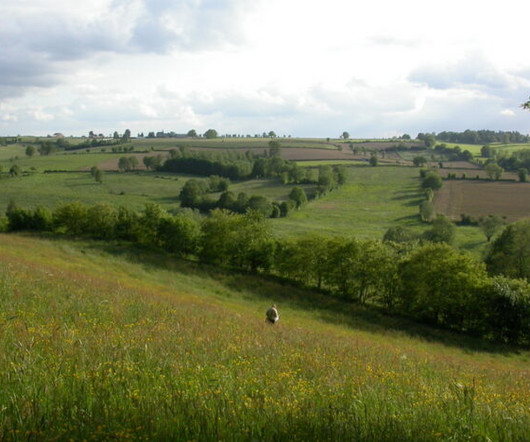Our Summer 2024 Food and Farming Book Guide
Civil Eats
JUNE 20, 2024
Brazil’s national requirement that 30 percent of school food ingredients be sourced from local and regional family farms helps empower and fund women agroecological producers. That changed, however, after Moyer and her partner established an organic farm on 10 acres in the Sierra foothills of California. Meanwhile, in the U.S.,










Let's personalize your content